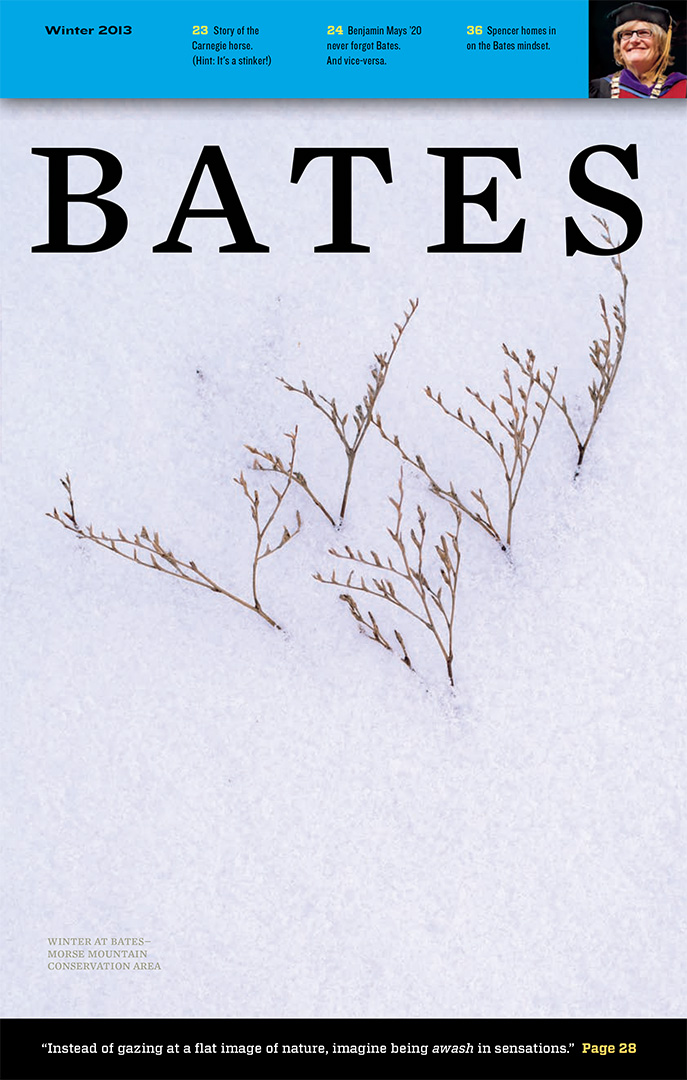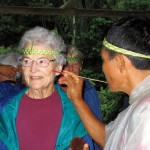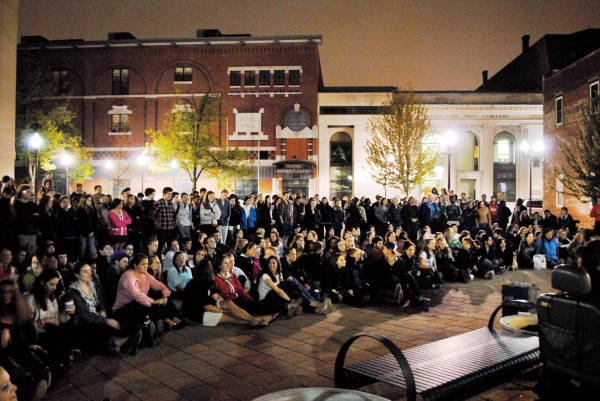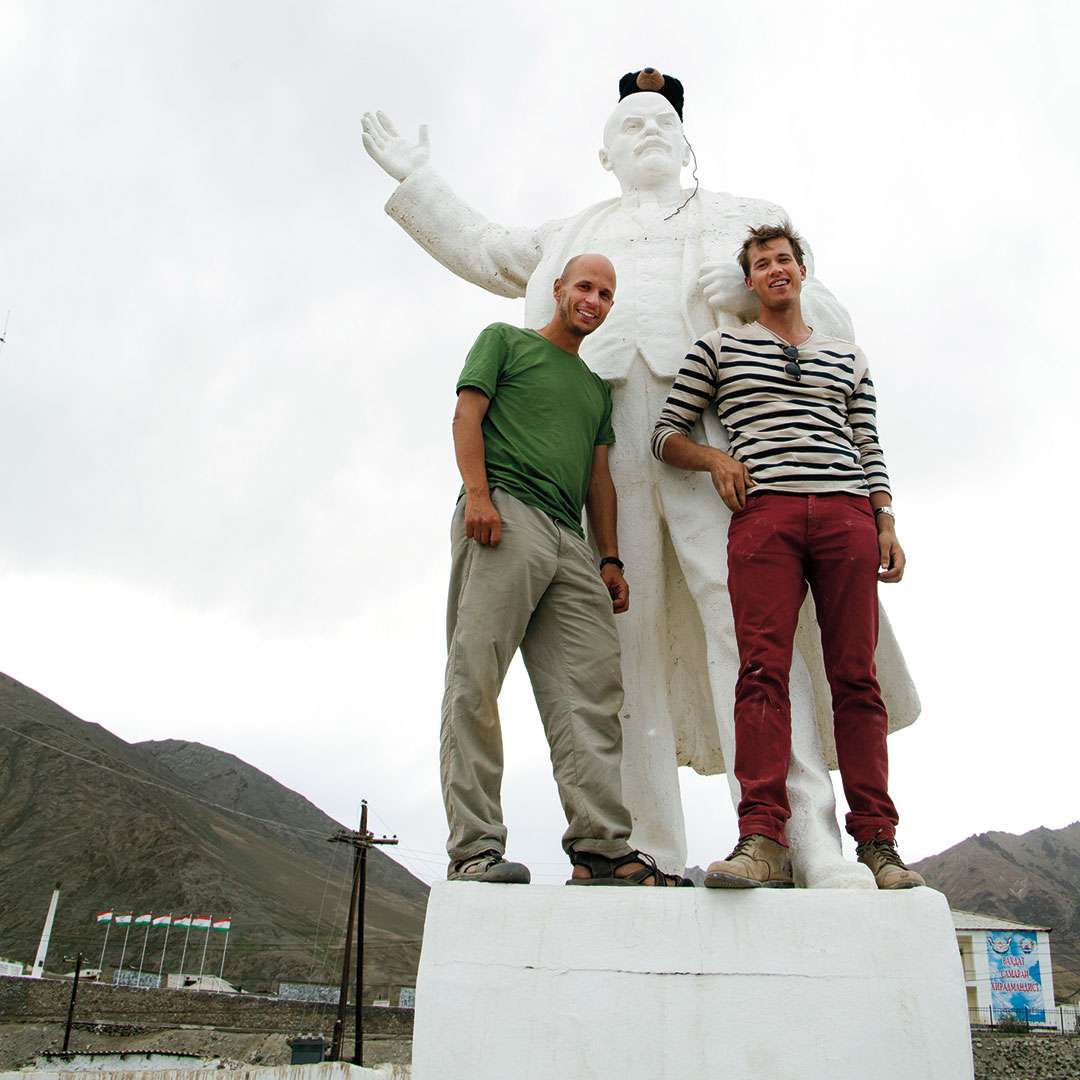
Letters: Spring 2012
Thank You, Elaine
Thank you, Elaine Tuttle Hansen, for a most informative final interview (“Alive to Change, Fall 2011) and for giving Bates your best as our seventh president. The college has come into the next century able to cope, adapt and adjust while staying firm for what matters most: love of learning, embrace of diversity and the ability to cope, and as an institution, adding majors when relevant.
The Fall issue was my favorite. Of course, it has Peter Gomes ’65 and Jim Carignan ’61 in it, but maybe it also has to do with my 50th Reunion this year. I sent the article “Career Intentions” to my grandson, a senior at Roger Williams University; he came with me to our 40th Reunion a decade ago. Maybe I’ll bring my 7-year-old granddaughter this year!
Sharon Fowler Kenrick ’62
South Sutton, N.H.
Please Write!We love letters. Letters may be edited for length (300 words or fewer preferred), style, grammar, clarity and relevance to college issues and issues discussed in Bates Magazine. Email your letter to: magazine@bates.edu Or post it to: Bates Magazine |
Living Proof
We’ve all heard tales of seeing one’s own obituary in the newspaper. Well, you’ve done it for me — almost.

Author and world traveler Dorothy Stetson Conlon ’50 has her face painted by a shaman in the Amazon jungle of Ecuador in 2009.
After traveling in the South Pacific for five-plus weeks (Cook Islands, Tahiti, Marquesas), I’m finally reading the accumulated mail, including the Fall 2011 Bates Magazine. At my age, 84, I usually check out the obits first. Sure enough, there’s an obituary for my brother-in-law Weston Attwood Cate ’43. The last sentence reads, “His sister-in-law was the late Dorothy Stetson Conlon ’50.”
Wow!
Perhaps someone would be good enough to send me the details of my death so I could run an obit in the local paper, tell my lawyer and notify my beneficiaries — including Bates College. Then I could continue my life of travel and adventure and writing under a pseudonym.
I would like to applaud Bates on its route to multi-cultural engagement, as described in the Fall issue. As someone who has lived and traveled much of her life internationally, I can attest to the importance of exposing young people to a culture beyond their own. Keep it up, and expand the connection.
Dorothy Stetson Conlon ’50
Sarasota, Fla.
A lifelong traveler and the author of At Home in the World: Memoirs of a Traveling Woman, Dorothy has a new memoir, Born with Wings: Experiencing Life in Exotic Lands, available through Amazon. Her website is dorothyconlon.com. — Editor
Finished Well
Just finished reading thoroughly the Fall issue of the magazine. Very good job. Much improved and worth reading.
Rob Wilson ’51
Santa Fe, N.M.
We hope the redesign keeps the improvement going. — Editor
Nighty Night!
As mayor of Lewiston, I want to commend Bates students Mikey Pasek ‘12 and Megan Murphy ‘13 for organizing “College Night in Town” on May 9. Due to their positive interaction with the Androscoggin County Chamber of Commerce, Lyceum Gallery and municipal departments, the event was an overwhelming success.
The Lewiston and Auburn downtowns were filled with hundreds of college students throughout the evening — visiting restaurants, enjoying more than 30 musical performances and networking. Indeed, students from Bates, Kaplan University, University of Southern Maine Lewiston-Auburn College and Central Maine Community College seemed to have a very enjoyable time experiencing what Lewiston and Auburn have to offer.

Batesies and fellow Lewiston-Auburn college students gather at the Courthouse Plaza on Lisbon Street for an a cappella performance that concluded “College Night in Town” in May. Photograph by event co-organizer Mikey Pasek ‘12.
It was a great event to strengthen the community-college connection, and it is my understanding that future events will occur. I certainly hope so, as “College Night in Town” stirred up great energy and enthusiasm about downtown hot spots in the Twin Cities.
In closing, I extend best wishes to all Bates students and their families. I am very proud of Bates’ presence here in the community, and it’s nice to know that students like Mikey and Megan are excited about interacting with the community at large.
Robert E. Macdonald
Lewiston
Word Up
Can you stick with real words in the magazine? “Embiggen” (“Meet Hedge and Roger Williams,” Fall 2011) is a made-up word that adds nothing to the language since the concept it represents already has numerous options. Don’t add to the linguistics confusion.
Dan Isaac ’77
Yarmouth, Maine
Danes Deserve No Disdain
I must take issue with Charles W. Radcliffe ’50’s letter in the Fall issue of Bates Magazine. Mr. Radcliffe’s characterization of the Danes during World War II is simplistic and unhistorical. While it is mostly correct to say that when the Nazis first occupied Denmark, in 1940, there was “only a murmur of resistance from the Danish population,” there was a sensible reason for this behavior. Geographically and militarily it would have been foolish to resist openly the German troops. Only needless bloodshed and death would have resulted. Believe it or not, there are times when “the better part of valor is discretion.”
However, almost from the start a resistance movement grew. Publication of illegal underground newspapers became among the most extensive in occupied Europe. Sabotage raids against industrial sites began in 1942; in the first three months alone of 1943 the Danish Resistance
carried out 120 raids.
But clearly the bravest, most heroic and humane Danish resistance to the Nazi rule was the rescue
of the Danish Jews in October 1943 after the Germans decided to arrest all the Jews the country. At first the Danes, at risk of their own arrests, provided safe houses for their Jewish neighbors. Later in October the Danes smuggled most of their Jewish countrymen and -women to neutral Sweden. Out of approximately 8,000 Danish Jews, 7,220 got to Sweden. This operation was the largest mass rescue action of the war.
While Mr. Radcliffe champions “America’s competitive spirit,” as especially manifested on Garcelon Field, he should also realize that competitiveness has many faces. During World War II, the Danes chose subtlety, subterfuge and, most important of all, humanity as their competitive face.
Long after the war, Adolf Eichmann lamented about Denmark, “That small country caused us more difficulties than anything else.” The Danes must have been doing something right.
Frederik L. Rusch ’62
New York, N.Y.




